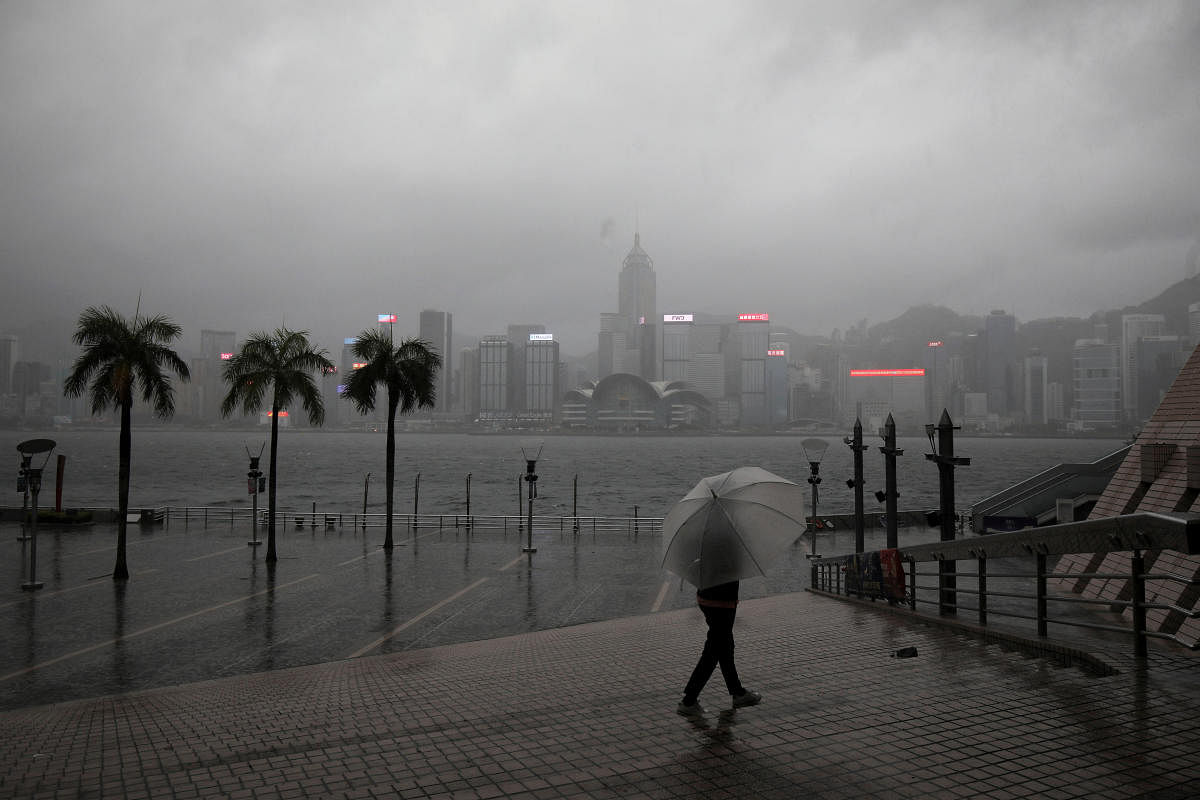Since the devastating Odisha super-cyclone two decades ago, Indians living in the coastal areas are in fear of the tropical storm occurring every year during the monsoon and post-monsoon months. While the Bay of Bengal is traditionally known as the birthplace of cyclones, the Arabian Sea has begun to generate such intense storms regularly in recent decades.
Despite the memories of Fani, Amphan and Yaas, a new study now suggests that the annual number of tropical cyclones has decreased by 13% during the 20th century, compared to the late 19th century and the North Indian Ocean is no exception. It gives a historical perspective on cyclone numbers since the industrial era for a better assessment of future risks.
For scientists chasing storms, reconstructing the past poses a daunting challenge in the absence of satellite monitoring that began in the 1970s. The use of a relatively short period of reliable post-satellite tropical cyclone records has often led to conflicting assessments of the past trends.
Declining trend
An international team headed by Savin Chand from Federation University Australia has now used the dataset from the 20th-century reanalysis (20CR) dataset to reconstruct a long-term proxy of the historical tropical cyclone numbers extending back to 1850.
20CR is a state-of-the-art global atmospheric dataset of weather spanning 1836 to 2015 created by the National Oceanic and Atmospheric Administration (NOAA) to place current atmospheric circulation patterns into a historical perspective.
They found a declining trend in the annual number of tropical cyclones since 1850 at both global and regional scales. The global annual number of storms decreased by approximately 13% in the 20th century compared with the period between 1850 and 1900. For most tropical cyclone basins, such a decline has accelerated since the 1950s when the warming has become unprecedented.
“The study published in Nature Climate Change shows the global tropospheric environment has become increasingly hostile to tropical cyclone formation over the past century, driving this decline. A steeper decline is seen after 1950, coinciding with recent accelerated warming,” Alexander J Baker, a senior scientist at the National Centre for Atmospheric Science and Department of Meteorology at the University of Reading, UK wrote in an accompanying piece in the journal.
As the climate has warmed in the 20th century, underlying atmospheric conditions such as decreasing upward mass flux (an indicator of deep convection), increasing saturation deficit (or mid-tropospheric dryness) and environmental vertical wind shear (a measure of distortion) have created an environment that is less conducive for tropical cyclone formation globally.
“There is a general agreement that there are fewer cyclones due to global warming, mainly in the context of future climate — consistent with the findings of the Intergovernmental Panel on Climate Change, though some studies showed otherwise. Our research shows such declining trends historically,” Chand told DH over an e-mail interaction.
Asked about the trends in the Bay of Bengal and the Indian Ocean, he said the team did not examine how the tropical cyclone numbers might change at a sub-regional scale. But it looked at the North Indian Ocean basin as a whole and found a similar decreasing trend.
The only exception to this trend is the North Atlantic basin, where the number of tropical cyclones has increased over recent decades. This may be because the basin is recovering from a decline in tropical cyclone numbers due to man-made emissions that happened in the late 20th century. The number of annual storms is still, however, lower than in pre-industrial times.
Contrary to Indian research
The findings, however, are contrary to an earlier Indian story that a few years ago reported a 52% increase in tropical cyclones over the Arabian Sea in the last four decades.
“Our research using observed data from the India Meteorological Department shows that cyclones have increased in number in the Arabian Sea, at least during the last four decades. There is a 52% increase in the number of cyclones and an 80% increase in the duration of cyclones in the Arabian Sea,” said Roxy Mathew Koll, a scientist at the Indian Institute of Tropical Meteorology, Pune.
“We find that this is due to the increase in locally available humidity in the mid-troposphere. We also see an 8% decrease in the number of cyclones in the Bay of Bengal. This is consistent with a reduction in mid-tropospheric humidity.”
While it may be good news that fewer cyclones are forming because of global warming, it should always be kept in mind that frequency is only one aspect associated with the risks involving tropical cyclones.
Geographical distributions of cyclones are shifting, and tropical cyclones have been getting more intense in recent decades. In some parts of the world, they are also moving closer to coastal areas where populations are growing. Such changes, coupled with increasing tropical cyclone-related rain rate and slower decay rate of land-falling storms could potentially be contributing to accumulated cyclone damages in tropical regions throughout the world.
“However, as these factors were not assessed in our study, no direct conclusions on the overall changes in risk can be derived,” Chand observed.

